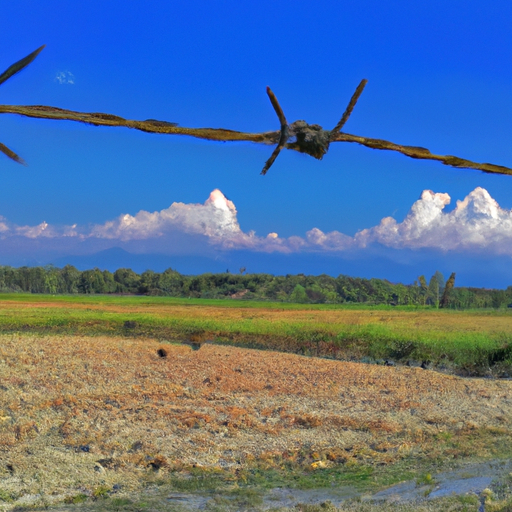 Introduction:
Introduction:
In an era of rapid urbanization, climate change, and habitat destruction, the conservation of Earth’s rich biodiversity has become an urgent global priority. Fortunately, there are several places around the world where animals and plants find respite and protection, allowing them to thrive and contribute to the ecological balance. These sanctuaries, ranging from national parks to private reserves, provide a safe haven for countless species, safeguarding their habitats and ensuring their survival for generations to come. In this article, we will explore some of the most remarkable and effective locations where animals and plants are best protected.
1. Serengeti National Park, Tanzania:
Located in northeastern Tanzania, the Serengeti National Park is a UNESCO World Heritage Site and one of the most renowned wildlife sanctuaries on the planet. This vast expanse of savannah grasslands and woodlands is home to an extraordinary array of species, including wildebeest, zebras, lions, elephants, cheetahs, and rhinoceroses. The park’s strict conservation policies, anti-poaching measures, and community involvement have contributed to the preservation of its stunning biodiversity.
2. Galapagos Islands, Ecuador:
The Galapagos Islands, situated in the Pacific Ocean, have captivated scientists and nature enthusiasts for centuries. This archipelago is famous for its unique flora and fauna, including the iconic Galapagos tortoise, marine iguanas, blue-footed boobies, and Darwin’s finches. Designated as a UNESCO World Heritage Site, the Galapagos National Park, along with strict regulations, has effectively protected these islands from invasive species and human interference, preserving their unparalleled biodiversity.
3. Great Barrier Reef Marine Park, Australia:
Stretching over 2,300 kilometers along the northeastern coast of Australia, the Great Barrier Reef is the world’s largest coral reef system and a haven for marine life. The Great Barrier Reef Marine Park, a UNESCO World Heritage Site, employs various conservation strategies, including zoning, research, and monitoring programs, to safeguard this delicate ecosystem from climate change, pollution, and overfishing. It provides a sanctuary for over 1,500 species of fish, 411 types of hard coral, and numerous other marine organisms.
4. Amazon Rainforest, South America:
Covering approximately 5.5 million square kilometers across nine countries, the Amazon rainforest is the most biodiverse terrestrial ecosystem on Earth. This verdant paradise is home to countless species, such as jaguars, giant river otters, sloths, and thousands of unique plant species. Although the Amazon faces significant environmental threats, protected areas like the Yasuni National Park in Ecuador and the Mamirauá Sustainable Development Reserve in Brazil offer safe havens for wildlife, while also supporting sustainable development initiatives.
5. Maasai Mara National Reserve, Kenya:
Situated in southwestern Kenya, the Maasai Mara National Reserve is renowned for its dramatic wildebeest migration, where millions of animals traverse its grasslands in search of fresh grazing. This reserve not only protects an array of iconic African wildlife, including lions, elephants, giraffes, and zebras but also supports the livelihoods of the Maasai people. The establishment of conservancies adjacent to the reserve has further enhanced wildlife protection by involving local communities in conservation efforts.
Conclusion:
The protection of animals and plants in designated sanctuaries is crucial for the preservation of Earth’s biodiversity. These remarkable locations, such as the Serengeti National Park, Galapagos Islands, Great Barrier Reef Marine Park, Amazon Rainforest, and Maasai Mara National Reserve, serve as beacons of hope amidst the ongoing global environmental challenges. By raising awareness, implementing stringent conservation measures, and engaging local communities, we can ensure the long-term survival of Earth’s precious flora and fauna, ultimately securing a sustainable future for all living beings.
